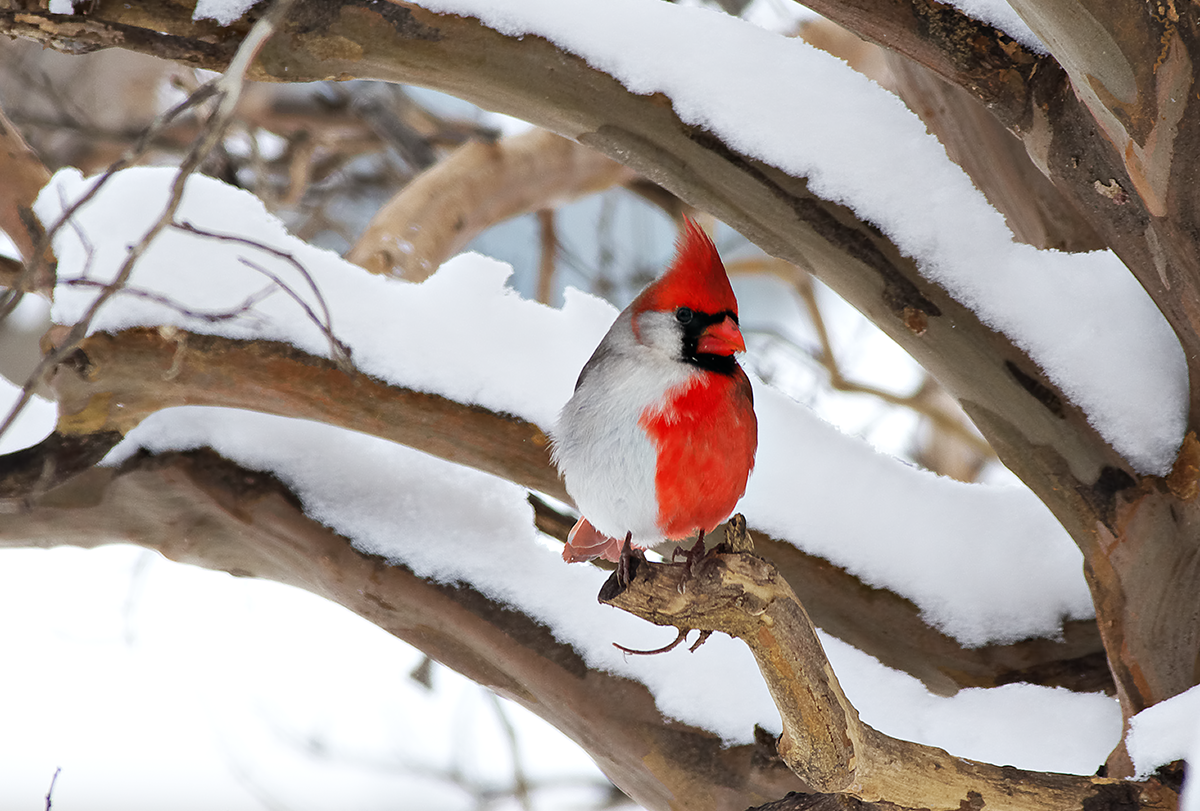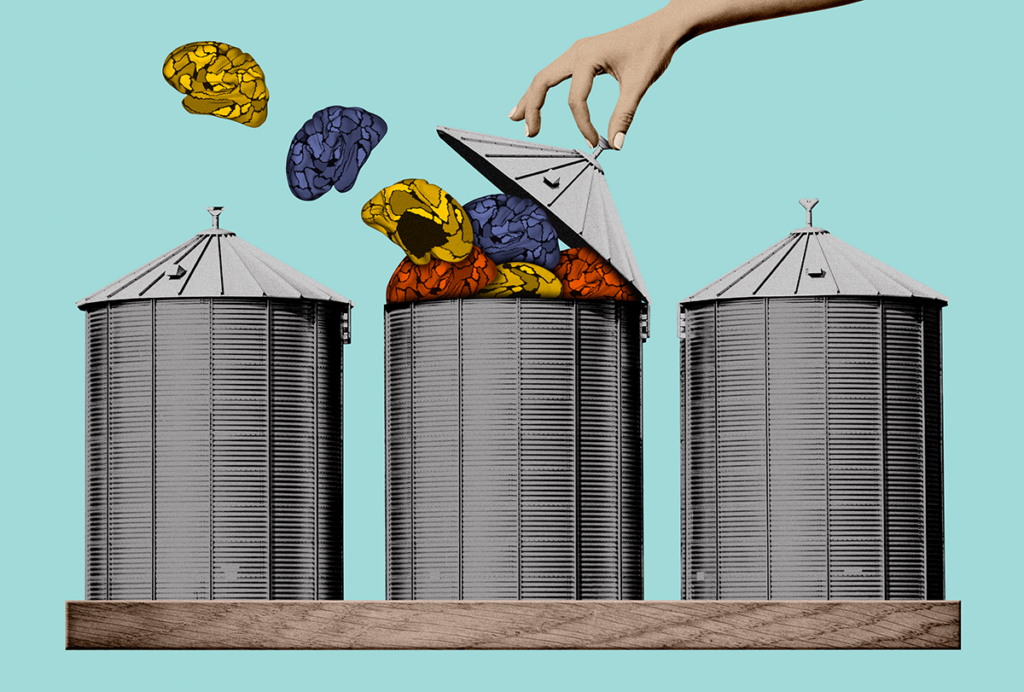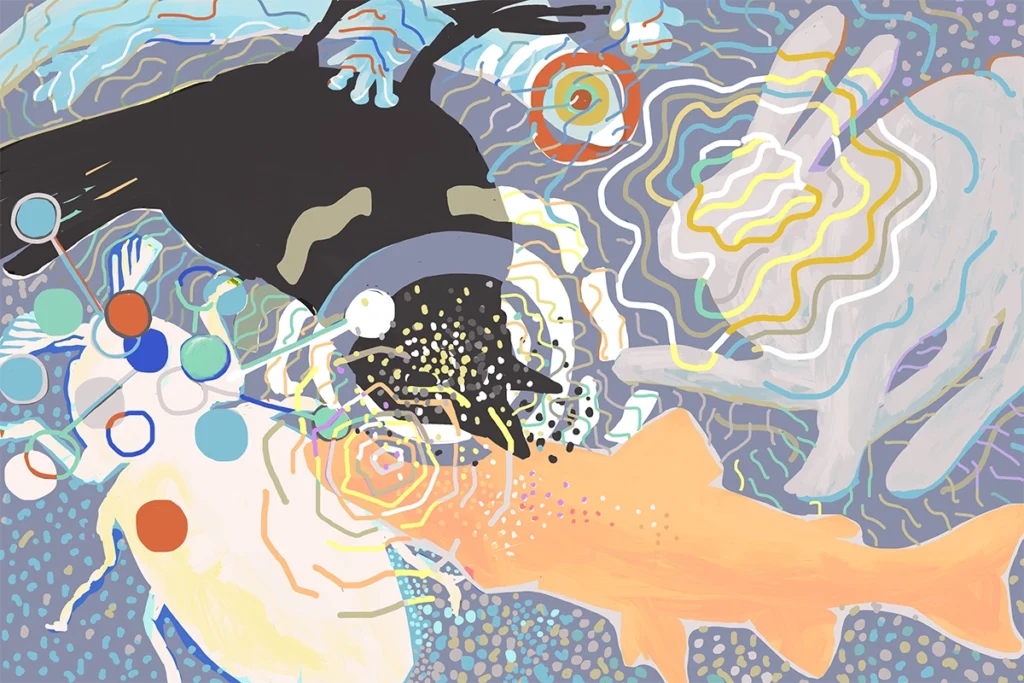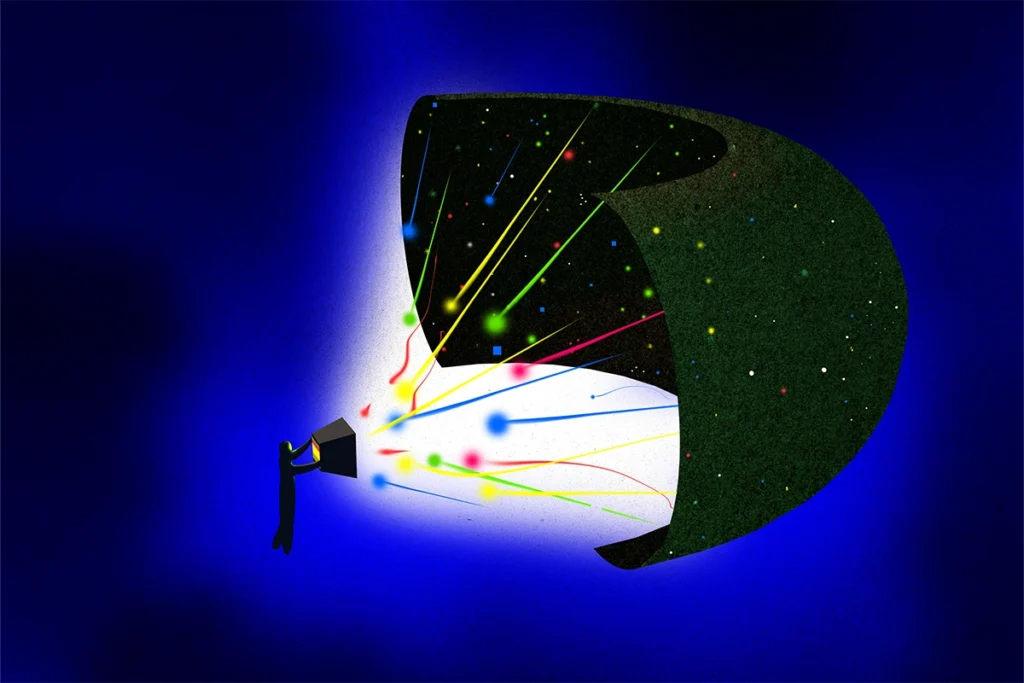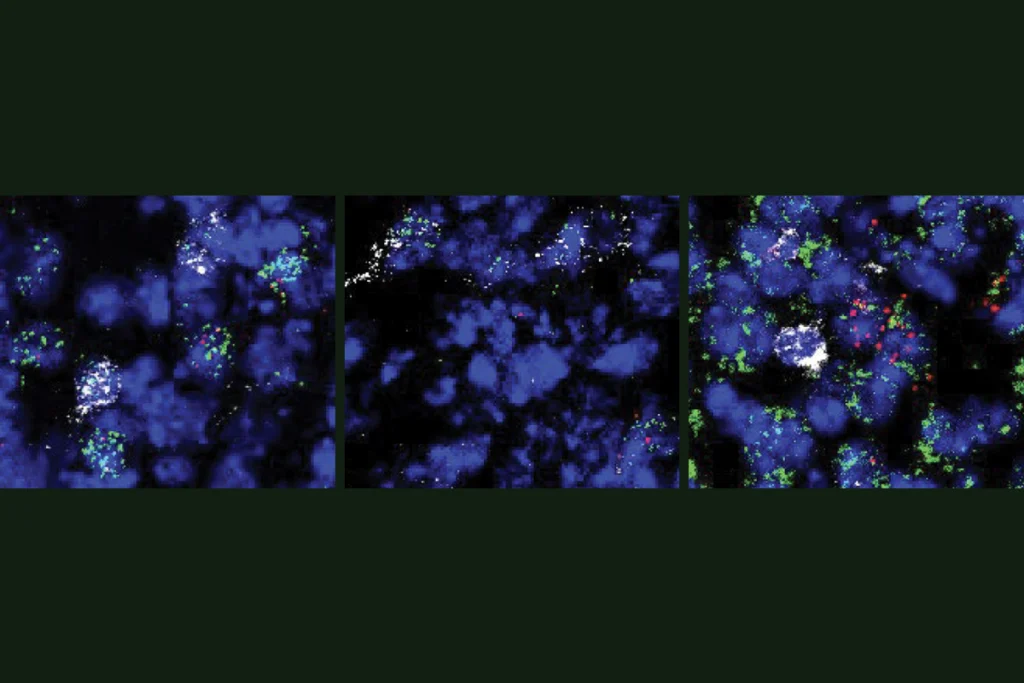One of the biggest misconceptions among students in introductory biology courses is that our characteristics are determined at conception by our genes. They believe—incorrectly—that our traits are “immutable.” The much more beautiful, complicated reality is that we are in fact a product of our genes, our environment and their interaction as we grow and change throughout our lives.
Nowhere is this truer than in the developmental process of sexual differentiation. Early in development when we are still in the womb, very little about us is “determined.” Indeed, the structures that become our reproductive system start out as multi-potential, capable of taking on many possible forms. A neutral structure called the germinal ridge, for example, can develop into ovaries or testes—the structures that produce reproductive cells and sex hormones—or sometimes into something in between, depending on the molecular signals it receives.
Our genes influence this process, of course. But so do interactions among cells, molecules in our body, including hormones, and influences from the outside world. All of these can nudge development in one direction or another. Understanding the well-studied science underlying this process is especially important now, given widespread misinformation about—and the politicization of—sex and gender.
I am a neuroendocrinologist, which means that I study and teach about hormones and the brain. In my neuroendocrinology classroom, students learn about the complex, messy process of sexual differentiation in both humans and in birds. Because sexual differentiation in birds is both similar to and subtly different from that in humans, studying how it unfolds in eggs can encourage students to look deeper at how this process works and to question their assumptions.
So how does sexual differentiation work in birds? Like us, our feathered friends have sex chromosomes. But their sex chromosomes evolved independently of the X and Y chromosomes of mammals. In birds, a gene called DMRT1 initiates sexual differentiation. (DMRT1 is also important in sexual differentiation in mammals and many other vertebrate animals.) Males inherit two copies of DMRT1 and females inherit only one copy. Reduced dosage of the gene in females leads to the production of the sex hormone estradiol, a potent estrogen, in the developing embryo.
T
he presence of estradiol nudges the multi-potential germinal ridge to develop into an ovary, and the absence of estradiol nudges the germinal ridge to develop into testes. The hormones produced by the developing gonads then influence the development of the reproductive tract, brain and behavior. As neuroscientists, we know that the brain, too, is multi-potential—perhaps the most multi-potential structure of all. For example, early hormone exposure can influence brain development and behavior in complex and subtle ways.For the past two years, students in my Comparative Neuroendocrinology course at Davidson College have been conducting experiments on chicken embryos to study sexual differentiation. Students inject fertilized chicken eggs with estradiol or a drug that prevents estradiol production. They then look at the embryos under the microscope to see what kinds of gonads develop and compare that to the embryo’s chromosomes. To their amazement, the students discover that embryos with male sex chromosomes develop ovaries when exposed to estradiol. Embryos with female sex chromosomes develop testes when injected with the drug that prevents estradiol from being made.
Variations in sex-related characteristics don’t just happen in the lab—they occur in nature all the time. We’ve known for centuries about “crowing hens” (female chickens that take on male plumage and behavior) and birds in the wild with half-male and half-female plumage. These latter rare individuals are called gynandromorphs, believed to result from the fusion of two fertilized egg cells: one male and one female.
Scientists have also discovered genomic variability in some species of birds, most notably the white-throated sparrow and the ruff, that influence sex-related traits, including behavior, in surprising ways. The white-throated sparrow, which is sometimes called “the bird with four sexes,” can have one of two types of plumage: tan-striped and white-striped. Each individual will mate almost exclusively with birds of the other plumage type and other sex. Thus, each bird chooses a mate from only one-quarter of the population. In white-throated sparrows, behaviors often thought of as tied to the animal’s sex—defending one’s territory or focusing on parenting, for example—are associated with plumage morph, which is linked to variation in genes located on a non-sex chromosome.
Similar biological diversity exists in humans, too. Indeed, people with differences of sex development are estimated to make up as much as 1.7 percent of the population. For example, people with XY chromosomes who inherit a broken copy of the gene for the androgen receptor, which normally responds to testosterone and other androgens, demonstrate just how complex sexual differentiation is in our species. They develop testes that produce high levels of androgens, but because they cannot respond to these hormones, they develop female-typical characteristics and gender identity. Another condition, congenital adrenal hyperplasia, occurs when people inherit mutations in an enzyme that is normally produced in the adrenal gland. The mutations cause these individuals to produce unusually high levels of androgens. In people with two XX chromosomes, this can cause the genitals to be ambiguous at birth—somewhere between male-typical and female-typical. People with this condition also vary widely in their gender identity. And, yes, we have even discovered completely healthy humans who are made up of half-male and half-female cells.
Human beings—like all organisms—can and do vary along many dimensions of sex and gender!
D
espite the overwhelming scientific evidence, many people still mistakenly believe that sex-related characteristics are “determined” by our genes and “immutable.” But biologists and neuroscientists have come to understand that this is not scientifically accurate, and as a community we are saying so vociferously. Unfortunately, this outreach has not stopped some from attempting to claim that the sexes are binary and to try—unsuccessfully—to draw distinct boundaries between male and female. In the most generous interpretation, these efforts suggest a lack of understanding of the science. In the darker interpretations, these efforts are motivated by “unadulterated animus,” prejudice, and the explicit goal of erasing and stigmatizing the lived experiences of nonbinary, intersex and transgender people who fall somewhere in the middle of the many spectrums of sex and gender.This is an urgent and politically fraught issue—with the lives of many people at stake. Attacks on gender minorities and the weaponization of biology directly affect the students in our classrooms as well. Many of our students are members of the LGBTQIA+ community, and they are looking to their professors for knowledge, guidance and reassurance. What and how we teach in the classroom matters. As a faculty member with relative power and privilege, I feel an immense responsibility to do right by all my students, but especially those whose identities are currently under attack.
In the classroom and in the laboratory, we have the opportunity to teach students the scientific process and how to critically evaluate scientific evidence. We would not be doing our job if our students did not leave our courses with a deeper understanding of the true diversity of sex and gender we find in the natural world. I believe that it is important for my students to learn about the dynamic, complex process by which sexual differentiation occurs because it is the truth. And so, in my classroom, we explore these “biological truths” by studying birds who, by allowing us to break free of our previous assumptions, have so much to teach us about ourselves.
